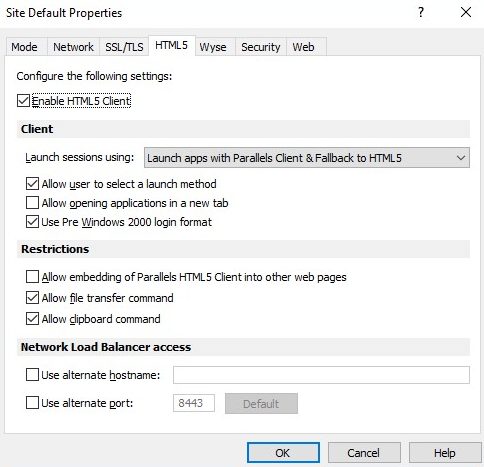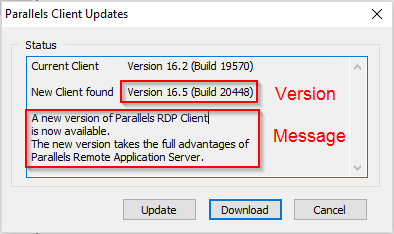

The app is an MVC app that I'm deploying using msbuild, so I can only assume that the VBCSCompiler is compiling the views and the files in App_Code. When I logged in and went to do a dump, I noticed that it didn't seem to be the w3wp.exe process that was chewing up the CPU, but two VBCSCompiler processes: So the CPU jumped to 100% at about 4am this morning again and stayed there. Is it the case that Kudu produces a dump without thread times, or am I doing something wrong? I've tried googling the issue, but most advice suggests copying a dbghelp.dll to the same folder as procdump, which obviously I can't do. "Unable to get thread times - dumps may not have time information" dump /ma Īnd I then try running !runaway, which complains: ERROR: !runaway: extension exception 0x80004002.
PARALLELS CLIENT PROCESSOR PEGGED FULL
To create a full user dump use the command. Process or debugging a full dump will allow access to sos.dll's full feature set. Of sos.dll functionality will be available. The user dump currently examined is a minidump. I can't use !loadby sos clrĪs it's looking for the files in the D:\ drive - I assume because the dump is from an Azure VM where the app is mapped to D:\ - so instead I'm using: !load C:\Windows\Microsoft.NET\Framework\v9\sos.dll So I'm loading the X86 version of WinDbg as I have the Platform of my webapp set to 32bit.
PARALLELS CLIENT PROCESSOR PEGGED HOW TO
I am at a total loss as to how to identify the cause of these issue.Īs per David's suggestion below, I downloaded a dump while it was pegged at 100% and I'm now trying to use WinDbg to debug it. The app is an ASP.NET MVC4 app with NHibernate as its ORM to an Azure SQL DB and it's using Redis for its Session State Provider. Here is an example of the CPU graph from one of the apps later in the day:Īgain, if I stop the app and then start it again, once it's loaded it behaves as expected.

This also happens randomly during the day (though usually to only one app). If I stop every app, then turn them on one at a time slowly, then everything starts to work again, but if I turn them on too quickly, then they end up pegged at 100% again. 2) Some of these devices have a limit to how far the pointer can rotate before it would jam or damage the device. A peg prevents rotation beyond the limit. 1) The devise was designed to measure a certain range accurately. If that is the case, then are my apps (there are only 8 of them on the one plan) having to "warm up" again and somehow getting stuck at 100%? There are a few reasons for a Peg to by placed on the face of an analog meter. Does this mean Azure has spun up a new instance/server and moved my apps across to it? I don't have Scale Out set to autoscale, so my apps should only exist on one instance. This is a problem that I'm intermittently running into, but when it happens it takes down all of my app services at the massive displeasure of the clients that are paying me to use them.Īt 4am this morning (when no-one was using any of the apps), the CPU on the App Service Plan jumped from 2% to 100% and stayed there until around 7am when I logged into the portal and stopped all of the app services:Īs you can see from the images above, the jump seems to coincide with the existence of a new Instance - there are two RD000.


 0 kommentar(er)
0 kommentar(er)
